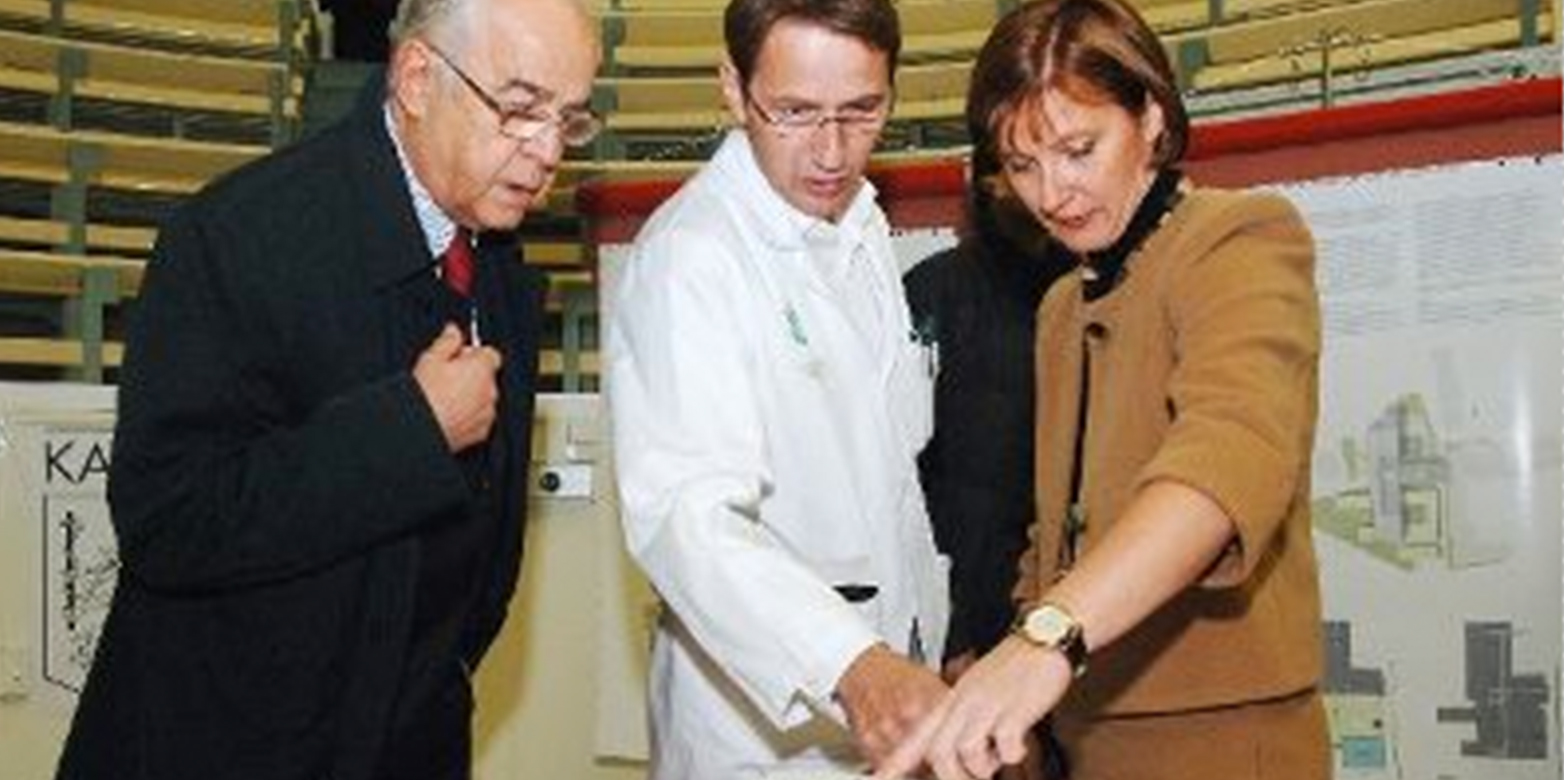Design Competitions - Procedural Innovations

Design competitions are a key element in Swiss building history and culture
About 200 regular design competitions and a large number of mostly private procedures with a competitive character are realised every year. However, it seems increasingly difficult to convince public and especially private constructors/investors to realise design competitions using the regular procedures. While some argue that the culture of the planning competition and building quality are at stake, others state that today's regulations are too rigid, that they are not suitable for private investors, and that they don't pinpoint specific solutions.
Project Outline
During the past decade, and connected with EU regulations for public procurement, a wide range of design competition procedures emerged throughout Europe. These diverse regulations procedurally link problems with solutions in specific ways. The project reviews their innovation potential for today's praxis and regulations in Switzerland. It investigates the appropriateness of distinct procedures to produce solutions and critically reviews the existing regulations and praxis before the background of its findings. In theoretical respect the project will be founded in a social complexity approach to decision-making as developed in the research group.
Project Design
The research project is basically designed as a three-step scheme:
It starts off with (1) desktop research. This on the one hand includes an analysis of the state of academic research (main sources are academic journals and books). This produces a catalogue of problems which are experienced in design competitions, but more importantly it creates a set of problems and also a set of procedures, which are related by means of design competitions. Whereas this draws a first sketch of the relations of problems and solutions, it also points at the blind spots of the state of the art in academic discourse.
On the other hand the project produces a systematic survey of the various competitions models in European countries, which includes a brief trajectory of recent dynamics with regard to process innovations. This secondary analysis of the models in practice will then be related to the models and arguments from proper academic research. This, again, allows for a provisory typology of the relations of design problems and procedural solutions. On the basis of this first outline we will choose a number of countries for an in-depth analysis. The basis for the selection is: (a) the typology as produced by step 1, and (b) the innovation potential of regional models with regard to the Swiss model of design competitions. For reasons of feasibility the number of case studies should not be higher than four.
The detailed scrutiny of the cases equals part (2) of the project. Its goal is an in-depth analysis of specific and very successful means-to-ends relations, but also of the institutional, legal, political and cultural preconditions of these solutions. A balance of projects with regard to size, complexity, building sector (housing, public infrastructure, etc) and initiator is due to produce a set of data which can be used as a basis of comparative studies and also for segmentary systhesis.
After this 'tour d'Europe' the focus of the project geographically turns back on Switzerland. On the basis of a situation analysis the project will produce a set of workshops with stakeholders in the Swiss competitions scene in order to elaborate on questions of transferability of successful models between national / regional contexts. Workshops will produce an inter- and transdisciplinary forum.
Product
Besides the academic report, which will include at least three accepted articles in peer reviewed and highly rated academic journals, the project will produce a more political report. This report will address innovation potentials with regard to the Swiss model of design competitions.
Methods used and theoretical background
The methods used in this project are database research, literature research (phase 1), in-depth interviews (phase 2), focus groups (phase 3), but also methods for project and design evaluation (phase 2).
In theoretical respect the project will refer to a decision-making analysis on the basis of assemblage theory and social complexity. This basis is developed in a range of projects at research focus 'decision-making analysis and social complexity', ETH Wohnforum – ETH CASE.